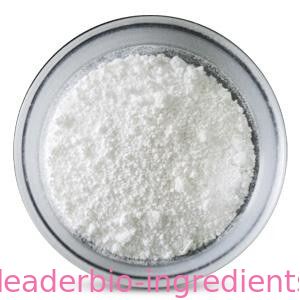| resorcinol derivative |
4-n-Butylresorcinol is a resorcinol derivative that inhibits both tyrosinase and tyrosinase-related protein-1 (TRP-1). It may be used to decrease skin irritation and is also known to inhibit melanin production. Its hypopigmenting action was first reported in 1995, and many following studies have documented its efficacy and safety in melasma treatment with the 0.1% cream, but there is paucity of clinical studies that used the 0.3% cream. The biochemical assay on inhibition of human tyrosinase activity has revealed the superiority of 4-n-butylresorcinol over other hypopigmenting agents. Many studies show good efficacy and safety in treating melisma.

4-n-Butylresorcinol may be used to produce a safe cosmetic agent, with the clinical efficacy required of a pharmacological agent. Furthermore, 4-n-butylresorcinol acts mainly by inhibition of tyrosinase activity and has no effect on MITF. 4-n-butylresorcinol showed an additive effect in combination with hinokitiol, which reduces MITF expression. |
| History |
4-n-Butylresorcinol (Rucinol® ) (Obtained by POLA in 1998) was selected by screening synthetic resorcinol derivatives that can elicit strong competitive inhibition of tyrosinase activity. Melanin synthesis is catalyzed by tyrosinase, togr with tyrosinase-related proteins (TRP) -1 and -2, and Rucinol® has been shown to inhibit melanin synthesis in cultured mouse melanocytes via direct inhibition not only of tyrosinase activity, but also of TRP-1 activity. A 0.3% Rucinol® -containing lotion was shown to be effective for treating hyperpigmentary disorders, such as melasma. |
| Uses |
4-Butylresorcinol is considered a potential Cytochrome P450 inhibitor. It can cause hypopigmentation due to its direct inhibition of tyrosinase. |
| tyrosinase inhibitor |
4-butylresorcinol is use as an effective treatment option for topical hyperpigmentation management. Similar to hydroquinone, 4-n-butylresorcinol is also a tyrosinase inhibitor. It has been characterized as a strong tyrosinase25 and TRP‐126 inhibitor. We measured an IC50 in the human tyrosinase assay of 21μmol/L for 4‐butylresorcinol compared with 94 and 131 μmol/L for 4‐hexylresorcinol and 4‐phenylethylresorcinol respectively. Also on skin models, 4‐butylresorcinol was most effective of all tested substances with an IC50 of 13.5 μmol/L. Therefore, 4‐butylresorcinol was selected for several clinical studies to prove in vivo efficacy. In comparison with 4‐hexylresorcinol and 4‐phenylethylresorcinol, 4‐butylresorcinol treated age spots showed a faster onset of improvement and also a higher degree of lightening after 12 weeks of treatment. |

